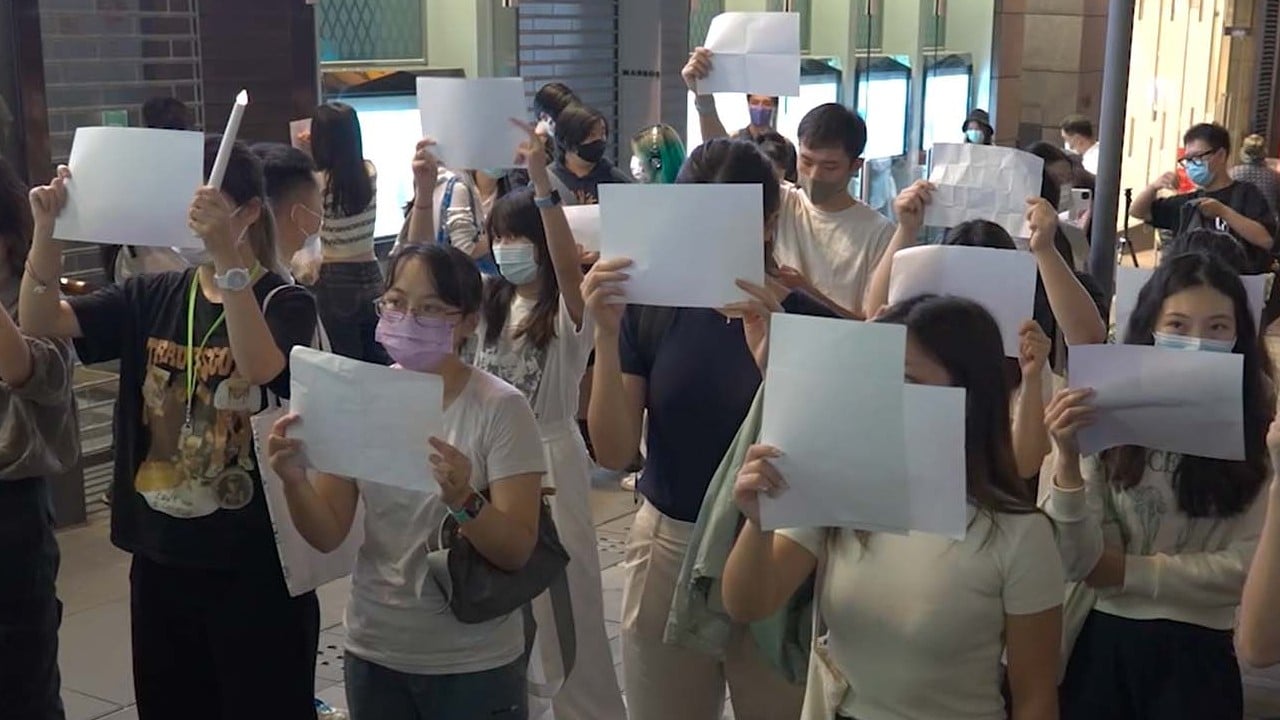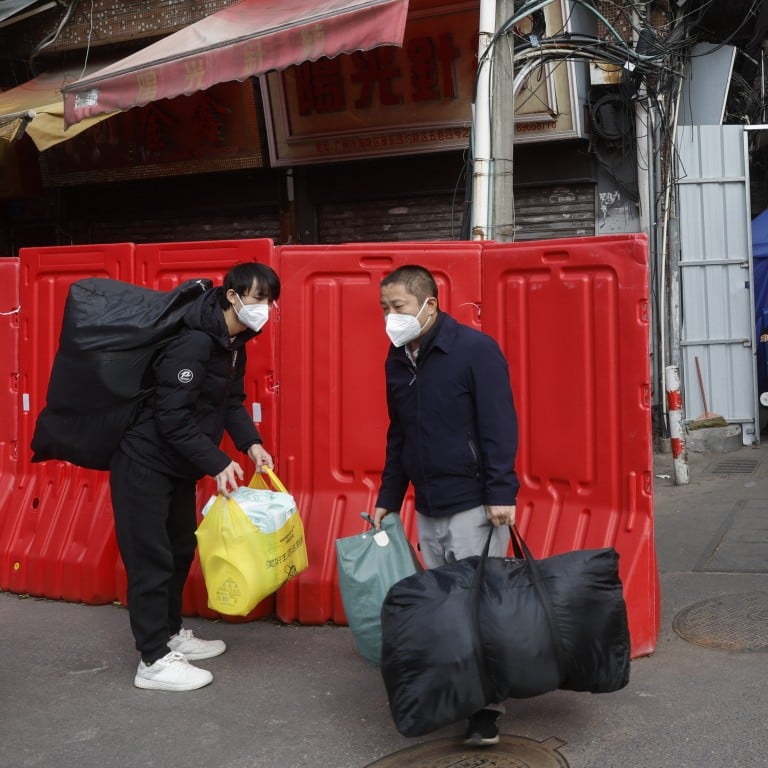
Global Impact: is this the beginning of the end for China’s zero-Covid policy?
- Global Impact is a fortnightly curated newsletter featuring a news topic originating in China with a significant macro impact for our newsreaders around the world
- In this edition, we looks at the changes to Beijing’s zero-Covid policy
Sun, though, did not mention the rhetoric of “dynamic zero”, representing a first from a top official in charge of China’s Covid-19 response.
There had been earlier signs that China was making preparations for reopening by tackling the biggest hurdle – a low vaccination rate among the elderly.
In Beijing, residents also confronted low-level authorities to ask for fewer restrictions or home quarantine over fears of being sent to quarantine centres and makeshift hospitals.
60 second catch-up
Deep Dives

China caught in a Covid-19 bind as winter approaches
-
Most of the country’s vast population lacks natural immunity to virus
-
People not prepared psychologically if outbreaks evade restrictions
While many countries brace for a surge in Covid-19 cases this winter as more people gather indoors, analysts said there have been no signs so far of a major uptick in deaths or serious illness.
Two months ago, many scientists began to urge governments and members of the public to be on the alert because winter is usually a bad season for respiratory diseases, but more signs are emerging that this winter in the northern hemisphere will be better than the past two.
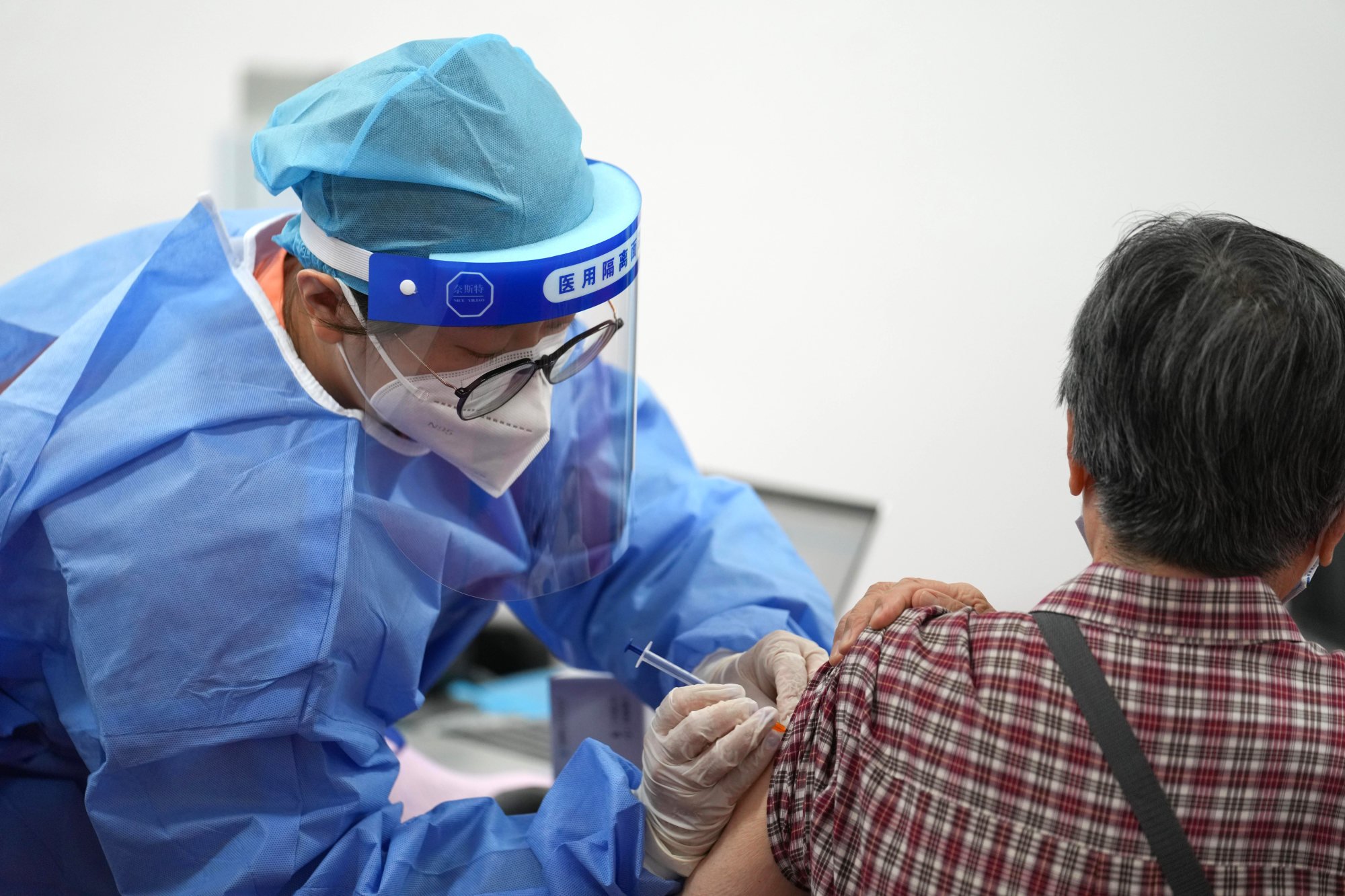
China has launched a new Covid vaccination drive, but there’s no mandate
-
Low uptake, particularly among the elderly, has been a major hurdle for reopening
-
Previous attempts to introduce mandates have met with strong public opposition

US Federal Reserve chairman Jerome Powell says China’s strict ‘zero-Covid’ policy hinders global supply chain
-
The top US central banker also says smaller interest rate increases are likely and could start as soon as the Federal Reserve’s meeting in December
-
Prices of goods manufactured or assembled in China are affected when it has shutdowns in regions deeply connected to the world economy, Powell says
China’s stringent “zero-Covid” restrictions have affected the American economy by dragging on global supply chains, the top central banker of the United States said on Wednesday.
When China has shutdowns in regions that are deeply connected to the world economy, supply chains are “less efficient, less effective” and the prices of goods manufactured or assembled in the country are affected, said US Federal Reserve chairman Jerome Powell.
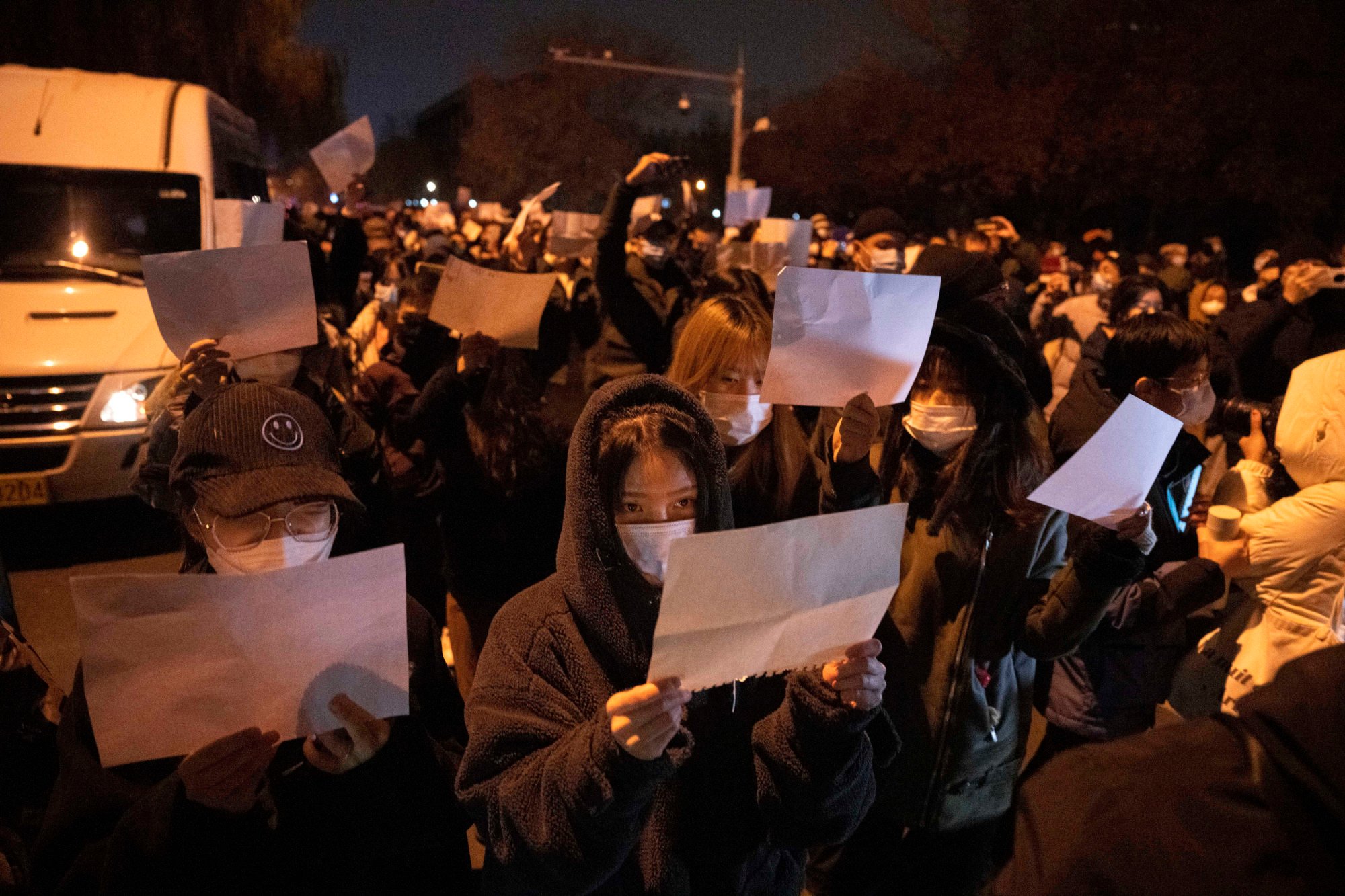
China’s security chief vows crackdown on ‘hostile forces’ after protests against Covid restrictions
-
State media calls on Chinese public to ‘build a barrier of epidemic prevention and control’
-
Days after 10 died in Urumqi fire, security forces are urged to prevent and contain major accidents to protect lives and property

China GDP: what can be expected from December’s economic work conference?
-
The closed-door work conference is widely viewed as an opportunity to get a glimpse of thinking among new economic officials
-
A growing chorus of policy advisers is calling for a bigger dose of stimulus and the need to set an explicit GDP growth target
The Communist Party is expected to convene its annual central economic work conference in mid-December, an event that will be closely watched by investors who are eager to see solutions offered up for some of China’s most pressing economic risks, including coronavirus disruptions and a property downturn.
China’s new leadership is facing economic challenges unseen in the past two decades, with growth slowing far slower than expected and external headwinds mounting.
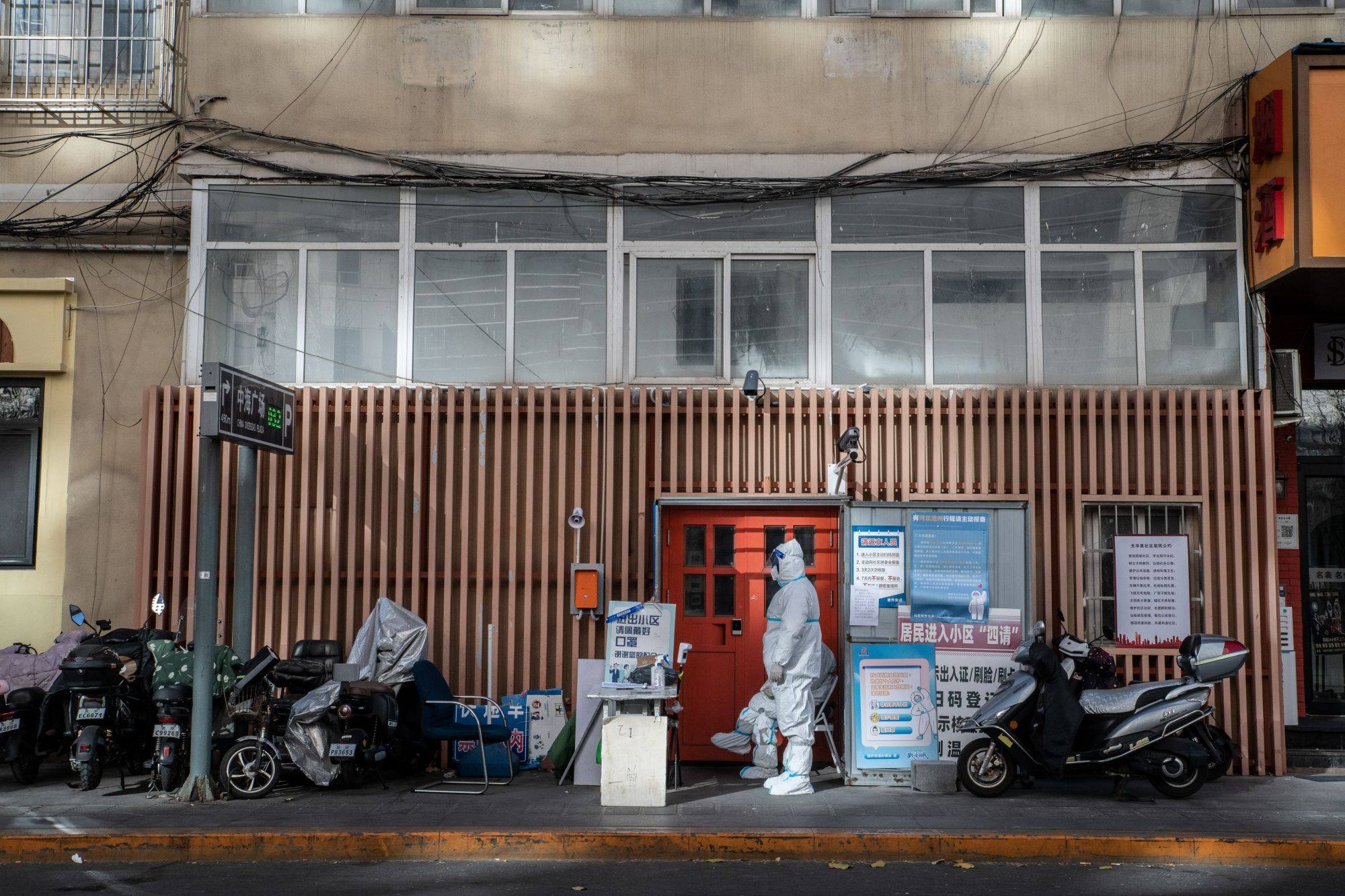
‘I’d rather stay home’: Beijing residents push back at Covid rules as cases mount
-
Infections are on the rise – along with concerns about being sent to unsanitary isolation centres
-
Footage appears online of people questioning district-wide lockdowns
The city reported 4,307 new local infections on Sunday morning, including 3,560 people without symptoms. The total was 65 per cent higher than a day earlier and more than double the case count reported on Friday.
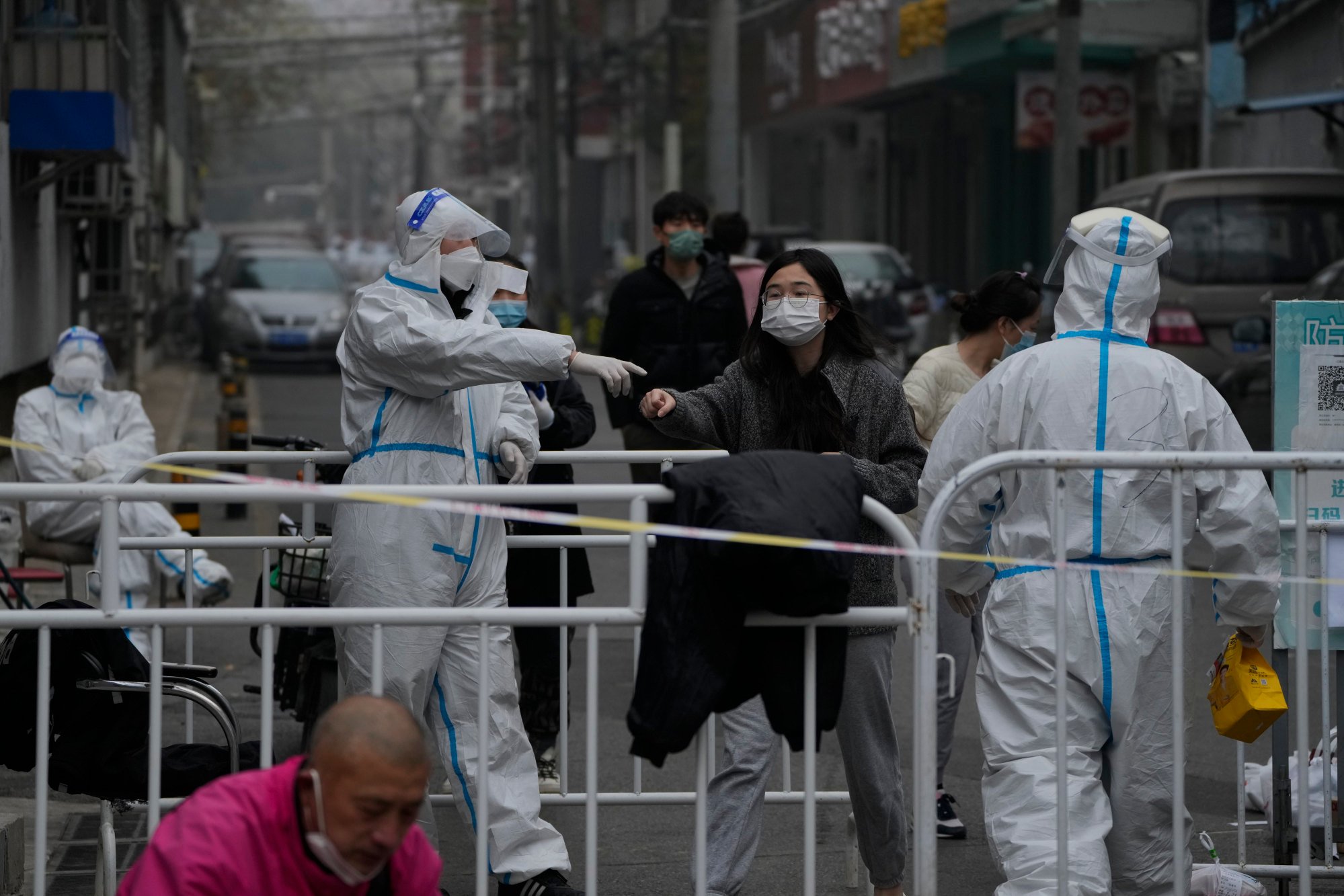
Is China underestimating its Covid-19 numbers in its latest outbreak?
-
Public health experts believe scale of latest surge could be obscured by non-reporting of positive rapid test results and other factors
-
China’s large number of unvaccinated elderly people would also usually be accompanied by a higher death rate, they said
Several factors could be contributing to an underestimation of the extent of the outbreak, they warned.
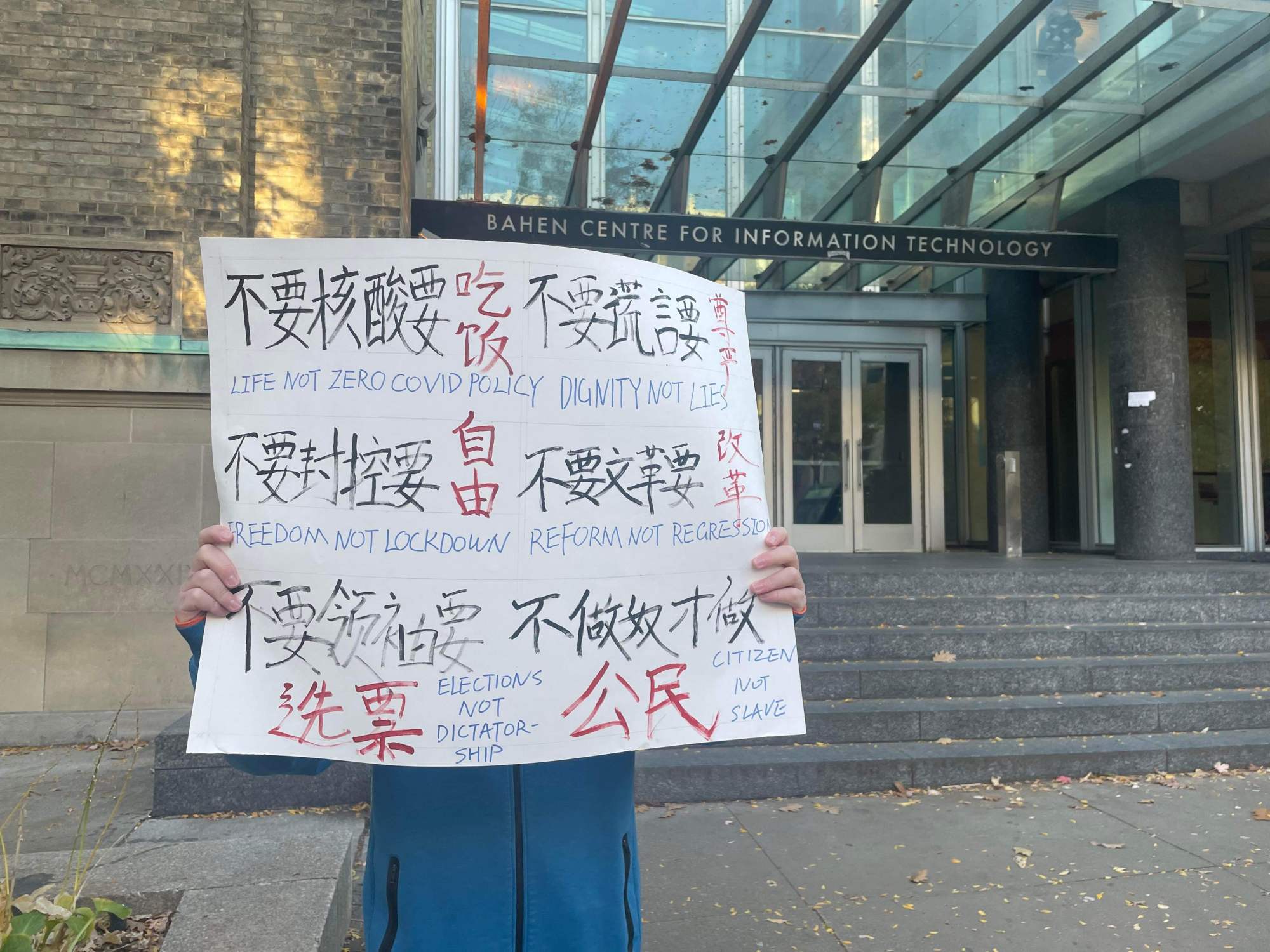
Inspired by rare protests on mainland, Chinese students in North America organise and speak out
-
‘So many of our compatriots can do such a courageous thing, why can’t we?’ says Ava, who attends the University of Toronto
-
Events have taken place or are planned at more than 50 universities in the US and Canada – top destinations for Chinese students
By Monday at 6.40pm a crowd of over 100 had gathered at George Washington University’s Kogan Plaza. They had come to honour victims of a deadly fire in Xinjiang the week before – deaths that many blame on China’s “zero-Covid” lockdowns.
The plaza was adorned with candles, flowers and protest signs, but there was no event programme and no clear leader.
Global Impact is a fortnightly curated newsletter featuring a news topic originating in China with a significant macro impact for our newsreaders around the world.



